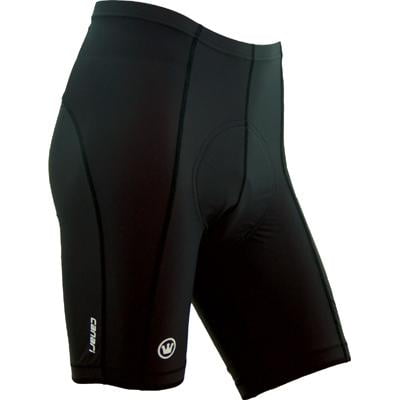

It’s not an absolute correlation to UPF, he cautions, but “if you can see a direct light source, not just diffused light, the weave is open enough to burn through.”įit is important. Very tight-fitting cycling jerseys may stretch some, including in critical areas like across the shoulders. Pay attention to construction. How much sun does that garment really block out? Rigel recommends a simple light test: Hold the garment up to a light source.

Pick your colors carefully. For jerseys and shorts, look for dark colors bright colors can be good second choices.

Also be careful about when you ride: riding in the morning, particularly in summer, is an effective approach to limiting your exposure. But UPF 15 garments still provides significant protection, particularly on shorter rides. RELATED: 6 Sunscreens That Won't Come Off While You Rideĭon’t fixate on the highest UPF ratings. If you do that four-hour mid-day ride, you’re exposing yourself to 20 times the amount of solar radiation needed to burn, so a higher UPF rating would be helpful.
#Canari cycling skin
(According to Rigel, the top spot for skin cancer in males is on the back, and in women it’s the legs.) In other words, arm skins last longer than sunscreen, so make sure you cover up where you need the most protection. Use UPF clothing to cover the most vulnerable areas. Unlike sunscreen, UPF is permanent protection, Rigel says. However, some may wash out long-term, much like how a durable water-repellant finish will degrade over time. In fact, according to Rigel, most fabrics used in your cycling kit actually initially improve in UPF as they’re washed and worn because of “microfraying” of the yarn and garment shrinkage, which tightens the knit.Ĭhemical Treatments: Some textile brands are incorporating physical or chemical treatments to increase UPF. Wear and Tear: Garments typically don’t begin to lose UPF effectiveness from wear until they are highly worn or faded.

Wet fabrics also typically drop in effectiveness. RELATED: This Bracelet Could Help Prevent Sunburnsįit: Stretching a fabric can greatly reduce its UPF rating a 2014 study at Hong Kong’s Institute of Textiles and Clothing found that even stretched 10 percent (that is, to 110 percent of normal fabric length) can reduce UPF by up to two-thirds, depending on knit structure. Red shades can do surprisingly well at blocking most UV radiation, with dark blue and green not far behind. Simon Huntsman, head of product development and R&D for Rapha, notes that knits can vary widely complex double-knit fabrics can have very high UPF ratings, while lighter single-knits generally offer less protection.Ĭolor: Very dark colors absorb more UV radiation light colors perform worse and white offers the least protection, because it’s the most transparent, says Carol Little, Pearl Izumi’s senior materials development manager. Weaves are typically tighter than knits, and weaves by definition have very little stretch, so they let in less light. Wool usually performs well, in part because the thick, textured yarn blocks more radiation.Ĭonstruction: Woven fabrics typically have a higher UPF rating than knits. Material: Happily for cyclists, synthetic fabrics like Lycra and polyester, common material for most cycling kits, often score well on UPF tests-particularly if the fabric is tightly knit or has a shiny surface. A fabric’s UPF potential relies on a few main properties: Fabrics with a UPF rating are, essentially, a physical sunblock. UPF means Ultraviolet Protection Factor, and rates a fabric or garment’s ability to stop UV rays from reaching your skin.


 0 kommentar(er)
0 kommentar(er)
